Photo Credit: Via Lamborghini Media Center
In Lamborghini’s love affair with naturally aspirated engines, it’s cheating with the turbocharged Urus.
In this article, we will explore the different types of engines used by Lamborghini and whether or not the brand has fully embraced forced induction.
So, are all Lamborghini models naturally aspirated?
Most of the cars that Lamborghini produces are naturally aspirated, such as the Aventador and Huracán. But not all Lamborghinis are naturally aspirated because the Lamborghini Urus is turbocharged.
Lamborghini’s commitment to naturally aspirated engines is due to the brand’s focus on raw power and performance, and the belief that naturally aspirated engines can deliver a more visceral driving experience. Lamborghinis naturally aspirated engines are some of the best in the world.
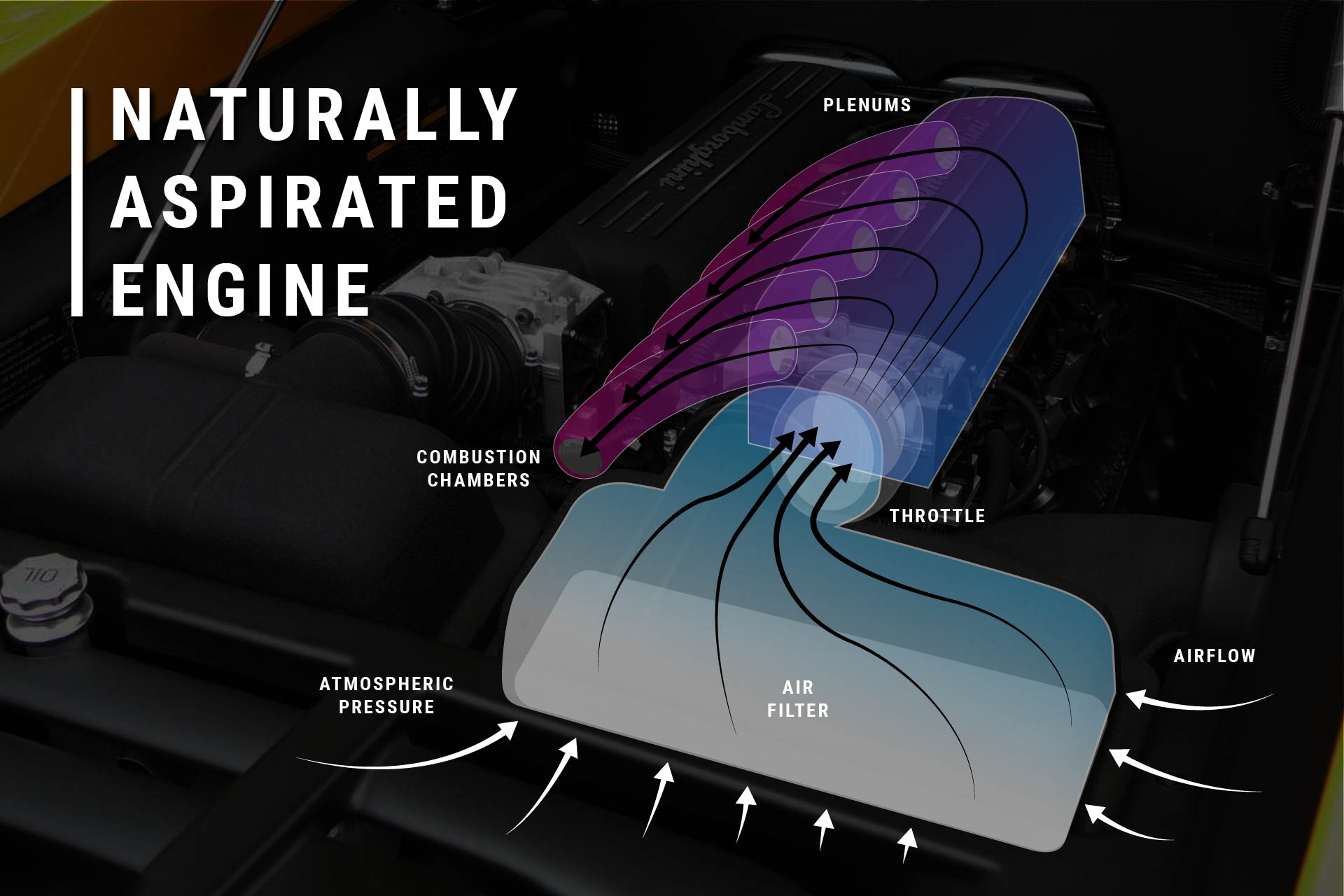
A turbocharger can dull the engine sounds and throttle response vs. a N/A engine. Lamborghini traditionally has not liked the trade-off of these aspects for more power, smaller engines, and better emissions. This choice has set apart Lamborghini from McLaren and Ferrari who have embraced turbochargers.
But Lamborghini has chosen to use a twin-turbo V8 engine in the Urus citing the need for low-end torque for an SUV. In reality, this turbo engine is a shared part with Audi and the RS Q8 on which the Urus is based on. Audi loves turbochargers.

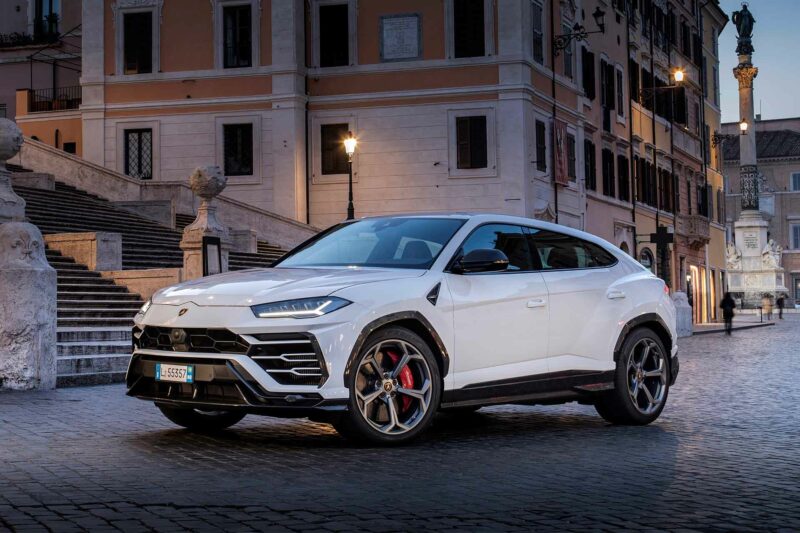
Soon, the replacement to the Huracán will ditch the N/A V10 in favor of a twin-turbo V8 similar to the engine in the Urus.
Lamborghini seems to be committed to keeping the engines in their high-end supercars naturally aspirated for the time being. This is not surprising as the entry-level Lamborghini supercar has shared a platform with the Audi R8.
But purists will be able to buy a N/A Lamborghini for the next decade or so. Stephan Winkelmann, CEO of Lamborghini, confirmed to Autostrada magazine that their upcoming production supercar model (the replacement to the Aventador) will be powered by a naturally aspirated V12.
Types of Engines
Engines run on air and fuel. There are only two ways to feed a motor air: let the pistons suck the air from the environment or suck the air in with a compressor; in other words, naturally aspiration or forced induction. There are two types of forced induction: turbochargers and superchargers.
Naturally Aspirated Engines
A naturally aspirated engine relies on atmospheric pressure to fill its cylinders with air. This is in contrast to a forced induction engine which uses a device such as a turbocharger or a supercharger to compress the air before it enters the engine.
A naturally aspirated engine tends to feel more “raw” than a forced induction engine. The sound and throttle response connects the driver to the experience of driving the car.
Benefits of a Naturally Aspirated Engine:
- Power Delivery: N/A engines tend to have an immediate power delivery that builds smoothly as the engine revs. There is no lag or punchy build-up like turbo engines. The driver feels more connected and confident as a result.
- Sound: Naturally aspirated engines produce a crisp, raw engine note. You can hear the intake and exhaust pulses directly. Turbochargers muffle engine noise.
- Throttle Response: Naturally aspirated engines tend to have better engine response, meaning they respond more quickly when the accelerator pedal is pressed. Since the Earth’s atmospheric pressure is filling the cylinders, power is always on tap. Turbocharged engines and (less so) supercharged engines have to build up pressure to make more power.
- Reliability: Naturally aspirated engines tend to be simpler and more reliable than turbocharged engines, as they don’t have the added complexity of a turbocharger, intercooler, wastegate, and all the tubing in between.
- Cost: Naturally aspirated engines are generally less expensive to produce and maintain than turbocharged engines. Not an issue for Lamborghini, but still a benefit of N/A.
Forced Induction
Forced induction boosts the power of an engine by compressing the air that enters the combustion chamber. This results in more oxygen being available to burn the fuel, which in turn leads to more power.
Turbocharged and supercharged engines are the two most common types of forced induction engines.
Supercharged Engines
A supercharged engine uses a compressor to compress force air into the combustion chamber. This increases the density of the air-fuel mixture, allowing more fuel to be added to the mixture, resulting in more power.
A supercharger is driven by the engine’s crankshaft and is connected to it via a belt. This means that the supercharger is always spinning at the same speed as the engine, providing a consistent increase in power.
Supercharged engines tend to have the throttle response of N/A engines but are less efficient. Turbocharged engines are more efficient than both supercharged and naturally aspirated engines.
Turbocharged Engines
A turbocharged engine is an internal combustion engine that uses a turbine powered by the engine’s exhaust gasses to compress the air before it enters the combustion chamber. Turbocharging can significantly increase an engine’s power output without the need to increase its size.
Turbochargers make meeting emission standards easier and improve fuel economy.
Manufacturers use turbochargers more and more to meet emission and fuel economy regulations because they allow for a reduction in engine displacement (engine size) while still maintaining power. The result is a more efficient engine, improving both fuel economy and emission.
Turbocharging allows engines to be downsized while still producing the same power output. The compressed air entering the cylinder allows for more complete combustion. This results in a more efficient engine and lower emissions. Turbocharging paired with other technologies like direct injection, variable valve timing, and advanced exhaust gas recirculation systems help to further reduce emissions.
Consumer car and truck manufacturers have been using turbochargers for decades to help meet emission and fuel economy standards since the 1980s.
More recently supercars have become subject to government standards and exotic car engineers have struggled to comply. Turbochargers have been the answer as they increase power while reducing the size of the engine and making it more efficient – all great things to supercars.
Ferrari, McLaren, Porsche, Aston Martin, and Bugatti (Lamborghini’s competitors) have all embraced turbochargers but Lamborghini has resisted and preferred naturally aspirated engines.
The Lamborghini Urus is Turbocharged
The Lamborghini Urus is the brand’s first-ever SUV, and it features a 4 L V8 engine that is turbocharged. This engine produces 657 horsepower and 627 lb-ft of torque, allowing the Urus to accelerate from 0 to 60 mph in just 3.1 seconds.
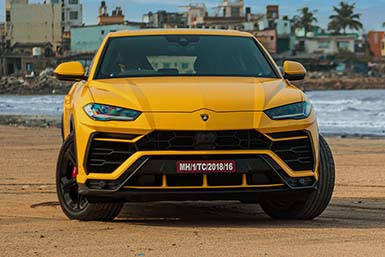
The Urus is the first model that is not naturally aspirated from the factory. Lamborghini says that the Urus breaks the rule because a heavy SUV requires more low-end torque than the sports cars they typically make.
“If you want to move a car weighing 2.2 tons on every surface, even if it’s gravel or sand, you need an engine that provides huge torque at 1,500 rpm,” says Maurizio Reggiani, CTO at Lamborghini told MotorTrend. “Only a turbo can provide this. The decision to use a turbo was based on the mission of the car. Supersports cars don’t have this kind of mission.”
In reality, the Urus is turbocharged because of its relationship with Audi. The Lamborghini Urus shares a platform with the Audi RS Q8 which uses a turbo V8.
It is much easier for Lamborghini to use Audi’s turbocharged V8 engine than develop a large-displacement, naturally aspirated engine that would struggle with fuel economy and meet emission standards.
You could criticize Lamborghini for not sticking with their conviction to naturally-aspirated engines. But it t is hard to criticize when the Urus became the best-selling Lamborghini model with 20,000 units made in the first 4 years it was on the market.
The Aventador is naturally aspirated.
The Lamborghini Aventador Ultimae features a naturally aspirated 6.5-liter V12 engine that produces a staggering 769 horsepower and 531 lb-ft of torque. This engine allows the Aventador to accelerate from 0 to 60 mph in just 2.7 seconds.

The Huracán is naturally aspirated.
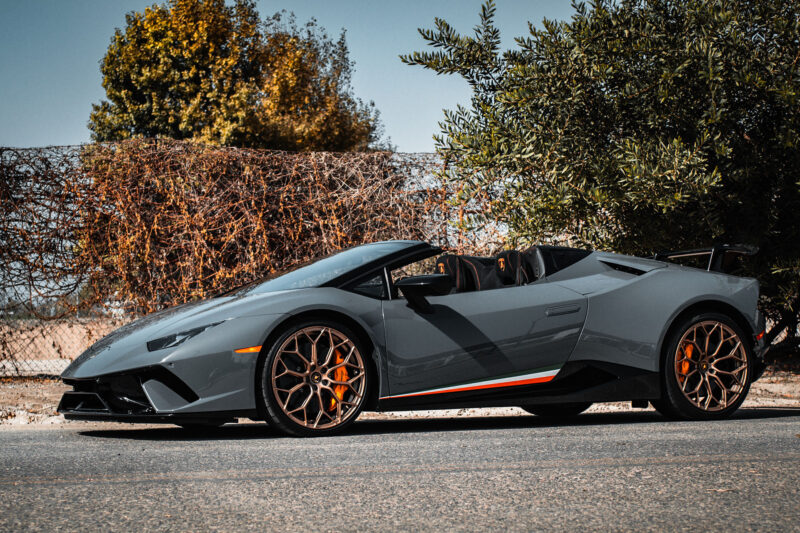
The Lamborghini Huracán Tenica is powered by a naturally aspirated 5.2-liter V10 engine that produces a healthy 631 horsepower and 417 lb-ft of torque. This engine allows the Huracán to accelerate from 0 to 60 mph in just 2.5 seconds.
Conclusion
Lamborghini sticks with natural aspiration to create the peak driving experience. But turbochargers will be part of its future.
Lamborghini and many other supercar manufacturers believe that naturally aspirated engines deliver a more visceral driving experience because of the way they sound, feel and respond.
Naturally aspirated engines are typically higher revving and produce a more distinctive and aggressive exhaust note than a turbocharged engine. The power delivery of a naturally aspirated engine is also usually more linear and immediate, as there is no lag between the accelerator pedal being pressed and the power coming on. This provides the driver with a more direct and connected feeling to the engine, making the driving experience more engaging and exciting.
But turbochargers are a technology that can help Lamborghini meet increasingly strict emission and fuel economy regulations while making extreme amounts of power.
As Lamborghini drivers, it is disappointing to lose the engine sound and throttle response associated with the fighting bull. Maybe that will make the Aventador and Huracán particularly collectible and valuable in the future.
But Lamborghini engines combined with turbochargers and hybrid motors powered by supercapacitors should make for explosive power. Hang on to your hats.
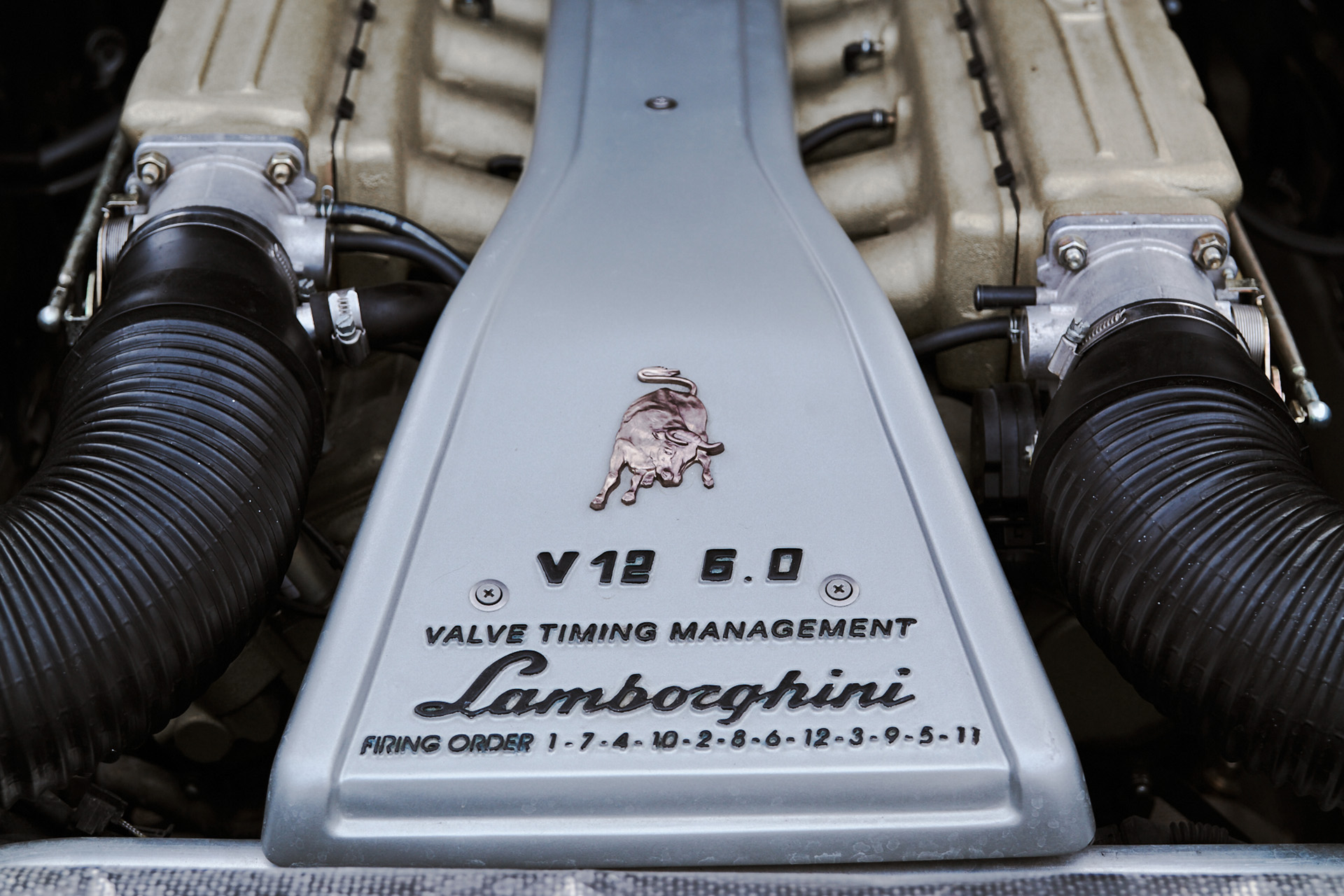
Leave a Reply